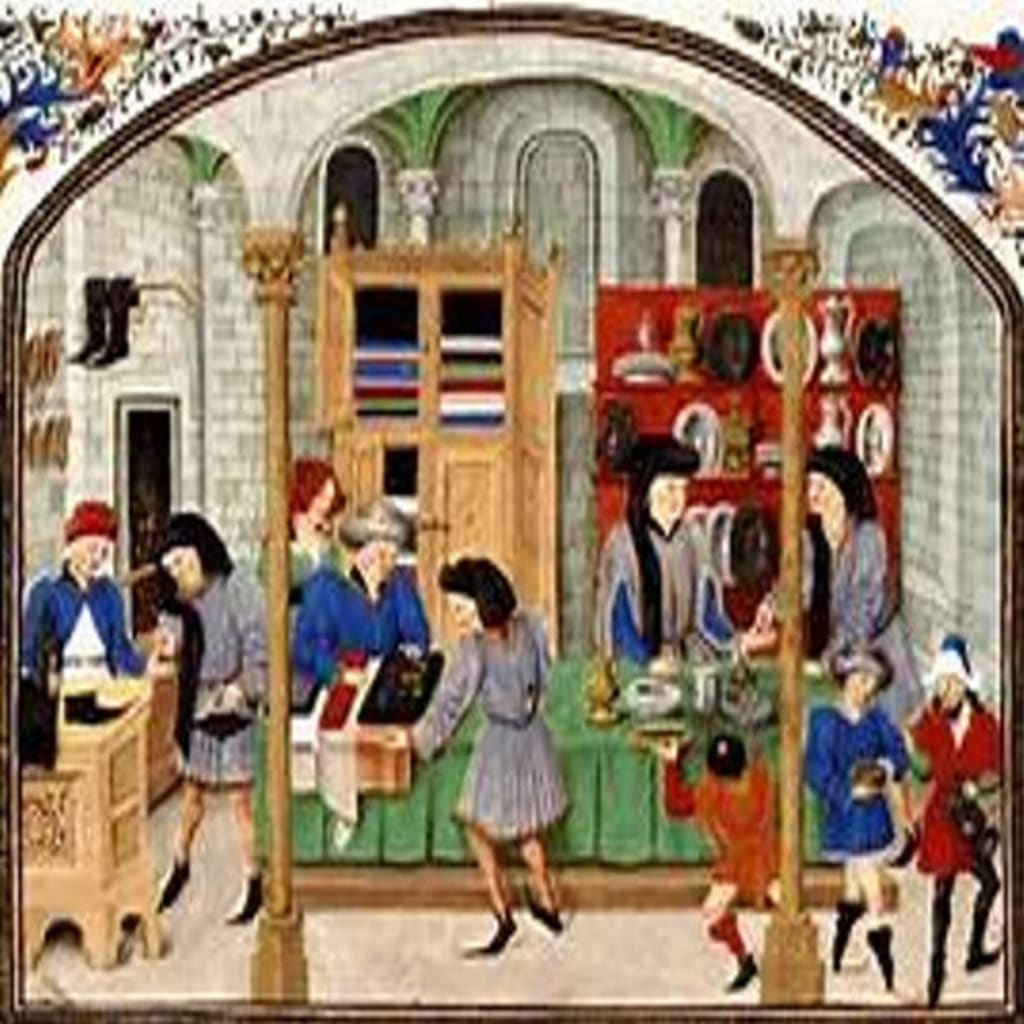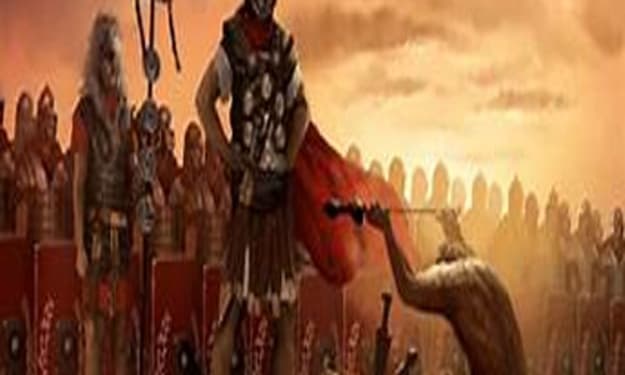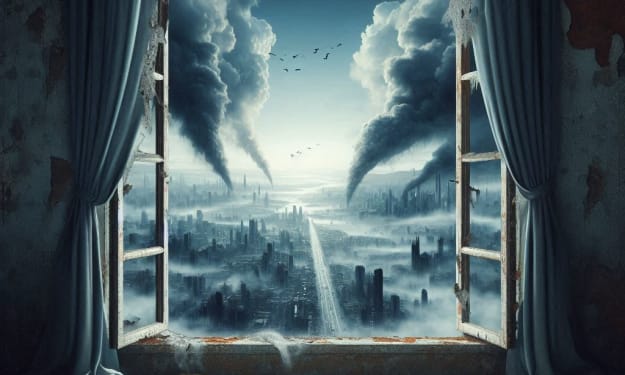
Welcome to Crash Course European History! Today we're diving into the often misunderstood period of medieval Europe. While it's true that this era had its share of hardships, myths and misconceptions have often overshadowed the complex realities of life in the Middle Ages.
Debunking the Myths
Let's start by addressing some common myths about medieval Europe. While disease and famine did plague the continent, it's important to note that not everything was as dire as some portray it. For instance, the idea that children were routinely forced into marriage at a very young age is an exaggeration. While early marriages did occur, they weren't the norm, and people did marry younger in part due to shorter lifespans.
Additionally, while knights in shining armor may have been known for their chivalry, the chivalric code was on the decline during this period, and not all knights adhered to it. Moreover, the perception that medieval Europeans exclusively drank beer due to unsafe water is a simplification. They did consume beer and ale, but they also drank other beverages, including milk and water from safe wells.
The Black Death: A Devastating Pandemic
One of the most significant events of the 14th century was the Black Death, a devastating pandemic caused by the Bubonic Plague. It is believed to have originated in Tibet and spread to Europe through rodents and fleas. The interconnectedness of human travel facilitated the spread of the disease.
Bubonic plague was a horrific illness, characterized by swollen lymph nodes, high fevers, vomiting blood, and gangrene. Death rates ranged from 50% to 60%. It's worth noting that modern antibiotics can now treat the disease, but this treatment wasn't available until recent decades.
The Black Death left a trail of devastation, claiming millions of lives across Asia and Europe. Entire communities faced heart-wrenching decisions about caring for the infected, often leading to widespread fatalities. Some regions lost up to 80% of their population, and approximately half of all Europeans perished.
The Hundred Years War: Prolonged Conflict and Instability
The Hundred Years War, which began in 1337, further exacerbated the turmoil in medieval Europe. It was a protracted conflict between England and France over territorial control in continental Europe, extending for more than a century. This war disrupted not only political stability but also the agricultural sector, contributing to food shortages.
A key question in history is whether war leads to instability or vice versa, and the answer is usually both. Poor harvests and disease outbreaks increased the likelihood of war, while warfare, in turn, worsened food shortages and disease outbreaks.
Joan of Arc: A Heroine in Troubled Times
Amid the turmoil, the remarkable Joan of Arc emerged. Born to a French peasant family in 1412, she believed she had divine visions instructing her to lead French forces against the English during the Hundred Years War. Her efforts culminated in the coronation of Charles VII as King of France in 1429.
Despite her success, Joan of Arc was captured by the English, tried for heresy, and ultimately burned at the stake in 1431. Her story is a testament to the resilience of ordinary individuals in extraordinary times.
Challenges to Church Authority: The Great Schism
During this period, the authority of the Catholic Church faced significant challenges. The Church's inability to provide spiritual guidance during the Black Death and the extravagant sale of indulgences eroded its credibility. Moreover, a power struggle between the Pope and secular rulers further weakened the Church.
The Great Schism, marked by the election of two popes—one in Rome and one in Avignon—created confusion and division among the faithful. Catherine of Siena, an ordinary woman with strong religious faith, played a pivotal role in urging the return of the papacy to Rome. Ultimately, a Church council elected a single pope in 1417, ending the schism.
Social Changes and the Decline of Feudalism
The medieval era also witnessed significant social changes. The feudal system, characterized by a hierarchical structure of loyalty between lords and vassals, began to decline. The Black Death and warfare led to labor shortages, giving serfs more leverage to demand better conditions and even their freedom.
Peasant uprisings, such as the Peasants' Revolt in England in 1381, demonstrated the growing unrest among the common people. Urban artisans also sought higher wages and protested excessive taxes. These events marked a significant shift in power dynamics in medieval society.
Emerging Renaissance and New Thinking
Amid the challenges and hardships, a cultural transformation known as the Renaissance began to take shape. The construction of the Florence Cathedral, completed before the end of the Hundred Years War, symbolized this period of rebirth.
The Renaissance was characterized by advancements in art, philosophy, and architecture, challenging traditional beliefs and opening new avenues of thought.
Conclusion
While the myths and hardships associated with medieval Europe are not unfounded, it's crucial to recognize the nuanced realities of this era. The Black Death, the Hundred Years War, and the Great Schism were undeniably significant events, but they occurred within a complex tapestry of social, cultural, and intellectual developments. The resilience of individuals like Joan of Arc and the emergence of the Renaissance were indicative of a period of profound change and transformation in Europe's history.
About the Creator
Enjoyed the story? Support the Creator.
Subscribe for free to receive all their stories in your feed. You could also pledge your support or give them a one-off tip, letting them know you appreciate their work.





Comments
There are no comments for this story
Be the first to respond and start the conversation.